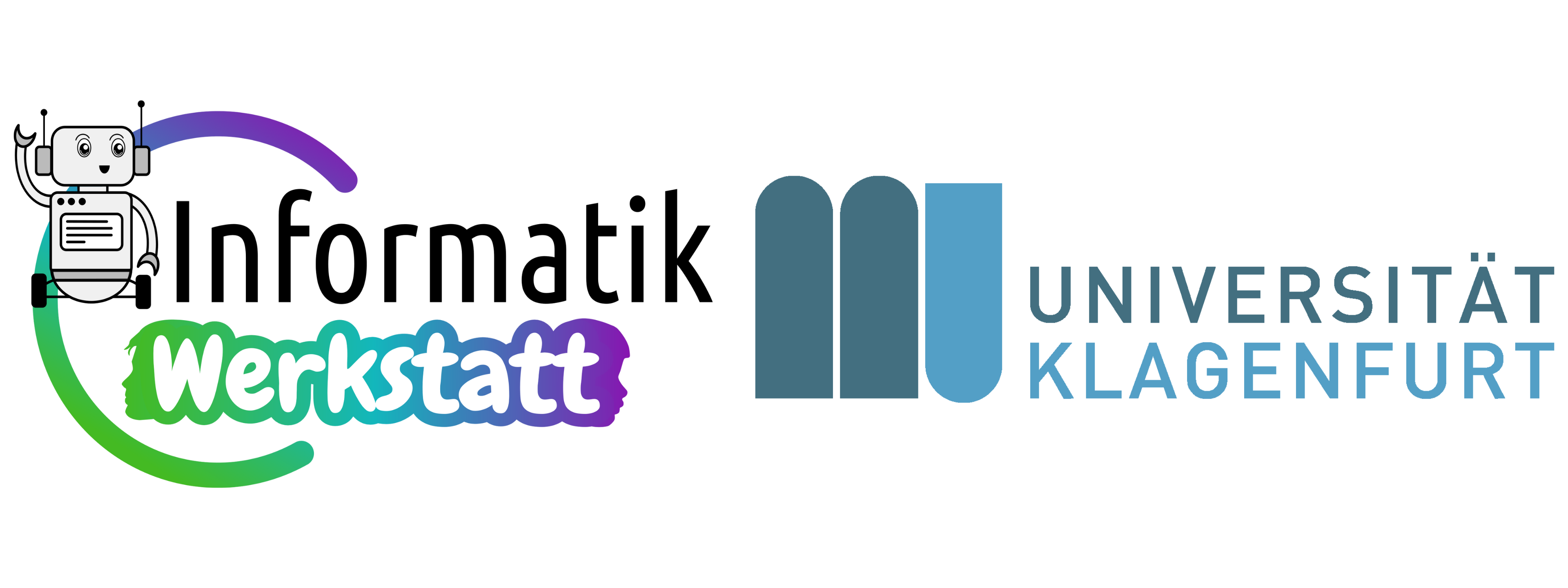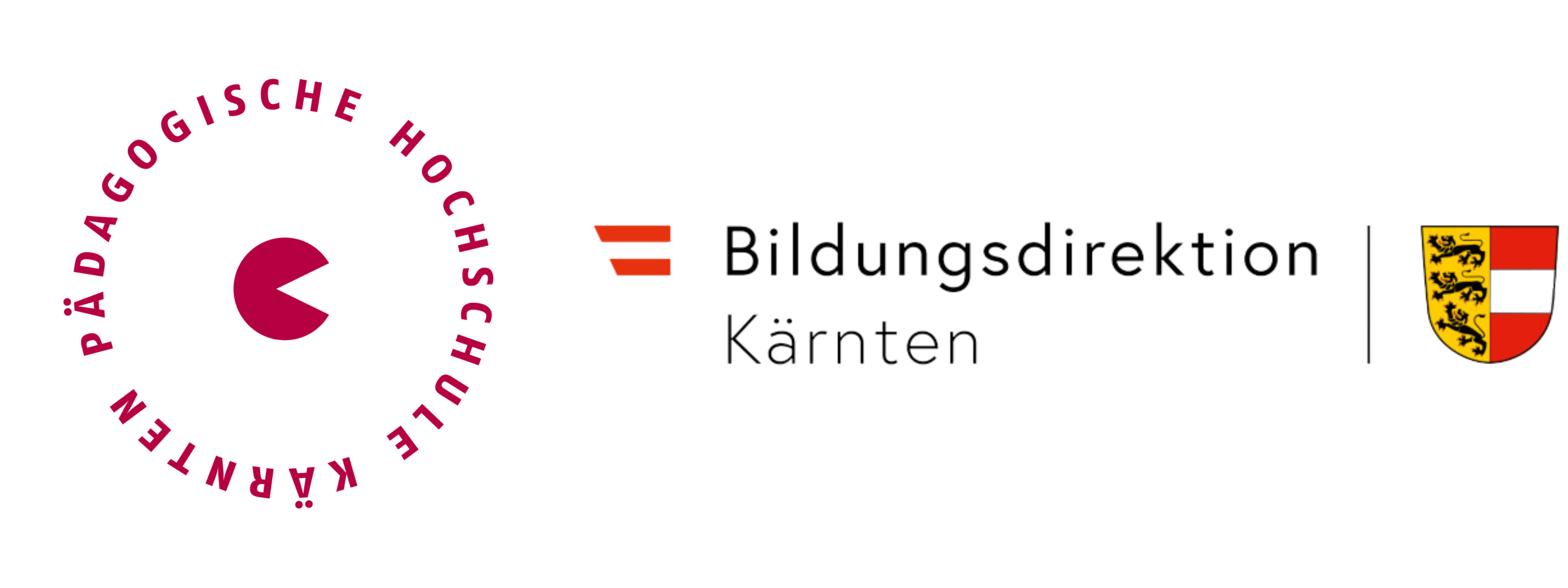|
“COOL Informatics” – Overview |
||
|
Principle |
Teaching and learning methods |
Neurodidactical basis |
|
1. Discovery |
Solution-based learning (worked examples) |
Pattern recognition |
|
2. Cooperation |
Team and group work |
“A joy (=knowledge) shared is a joy (=knowledge) doubled.” |
|
3. Individuality |
Competence-based learning Questioning Self-organized learning with |
Connecting new information to previous knowledge, Considering individual interests, needs, tasks, methods and learning rhythm |
|
4. Activity |
Hands-on, Minds-on |
Knowledge must be newly created (constructed) by each learner (= constructivism)
|
Aus: Sabitzer, B. (2014). A Neurodidactical Approach to Cooperative and Cross-curricular Open Learning: “COOL Informatics”. (Habilitation thesis). Alpen-Adria-Universität, Klagenfurt.

